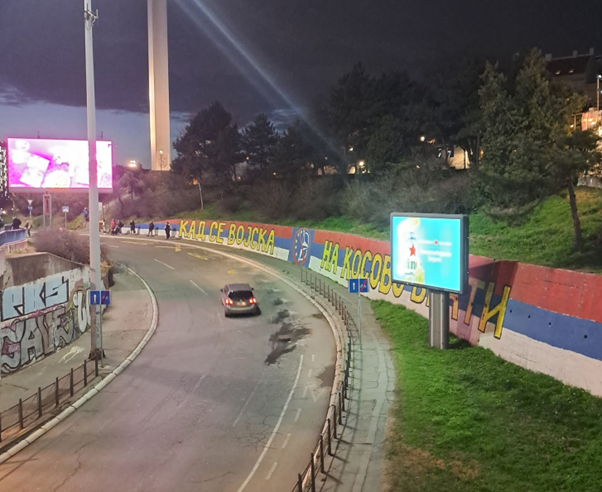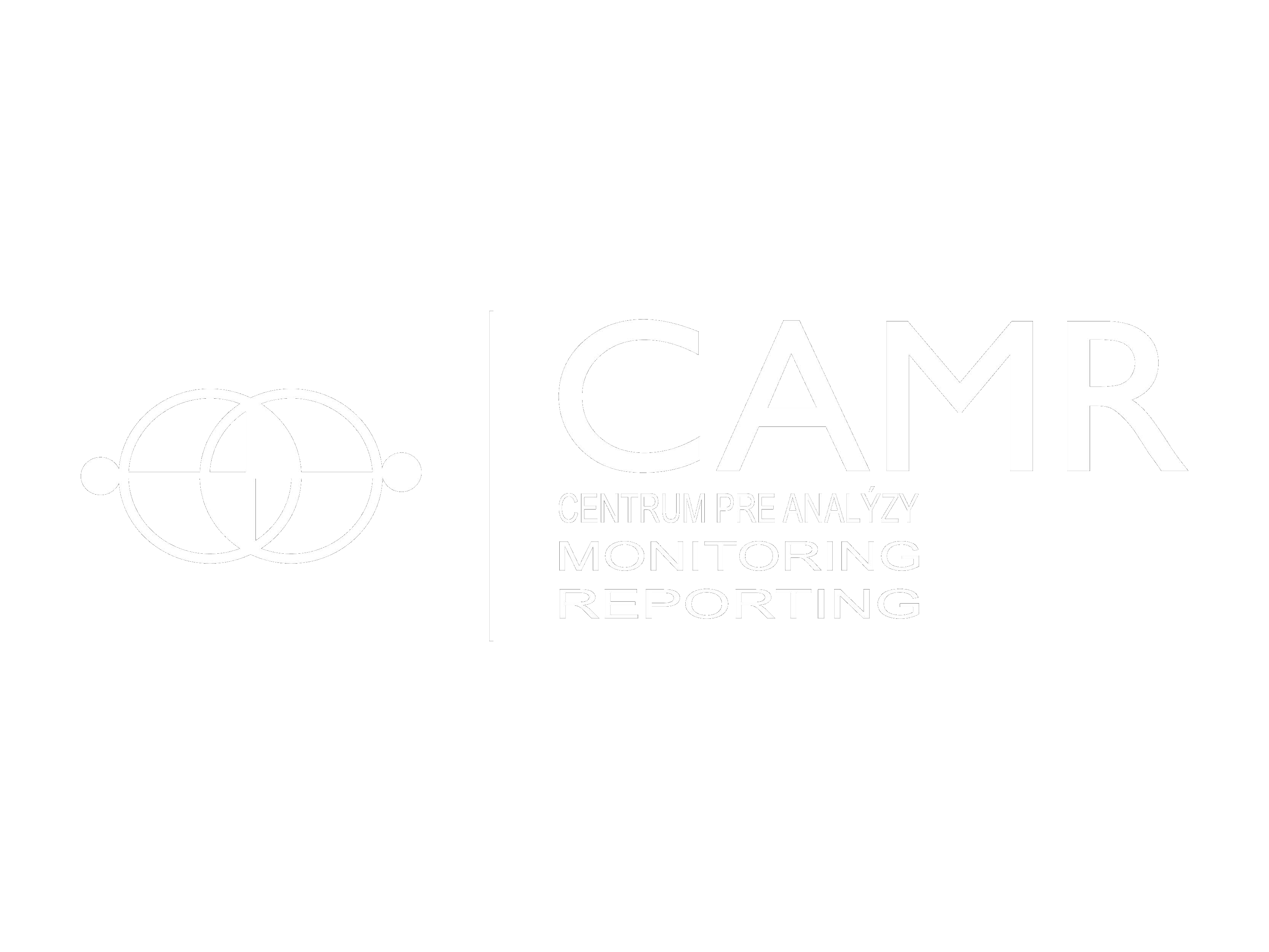March 2024 marks 25 years since the launch of Operation Allied Force, or Operation Noble Anvil, in which NATO air forces bombed Yugoslavia’s military and energy infrastructure to force Slobodan Milosevic’s regime to end military operations in Kosovo. This action was not authorised or supported by the UN and was a separate action by the Alliance. This is one of the reasons why, even after 25 years, this bombing is still a sensitive issue that can be easily manipulated and used for propaganda, mainly anti-Western sentiment. It was also a sensitive issue for the Serbs themselves, who were the main target of the bombing. Both political leaders and local far-right and radical movements commemorated the anniversary with their own events.
The main event was organized by Narodne Patrole
The main event, which took place on the 24th of March from 18:00 in the centre of Belgrade, was a rally and march. The event was organized by the radical group „Narodne Patrole“, led by Damjan Knezević. We have already published an article about this organisation on our portal. The venue for the rally and march was the former General Staff building on Nemanjina Street, which was hit during the bombing and suffered extensive damage. The call for the event had been circulating on social media for several weeks. It was visible on Facebook, Instagram, Telegram, X (Twitter), but it was also mentioned in YouTube videos or in articles and pages of various non-mainstream media. But despite weeks of campaigning, only a few hundred people turned up. The highest estimates put the number at around 1,500.
Although the rally was intended to commemorate the 25th anniversary of the NATO bombing, audiovisual material from the site suggests a strong pro-Russian motive for the event. This can be seen in the sound of the Russian anthem, the waving of Russian flags, including imperial ones, the Russian guest on stage, the content of the speeches and also the presence of the „Z“ symbol, associated with the Russian invasion of Ukraine in February 2022. One of the guests of honour was Yuri Mikhnenok, a fighter with the Russian Imperial Legion, which has been fighting in eastern Ukraine since 2014. Yuri spoke briefly about the common history of Serbia and Russia and thanked the participants of the meeting. The event also included a minute’s silence for the victims of the recent terrorist attack on the Crocus Town Hall, in which more than 140 people were killed.
The event was attended and promoted by Nenad Stanić, a war veteran and minor social media influencer who used to run the „dan-veteran“ page. However, he now focuses on Facebook, where he posts photos from the war and comments on current events in Kosovo and Serbia. The rally was also supported by the faces of the „Mi glas iz naroda“ political party. Borislav Antonijević, for example, can be seen in photos and videos. Another political representative was Jovana Stojković, the leader of the „Zivim za Srbiju“ party. She was one of the main organisers and speakers at the meeting. Her invitation was also part of a video published by „Srbin.info“ on its YouTube account. The political party „Pokret obnove Kraljevine Srbije“ was also represented at the rally by the vice presidents of the movement. Last but not least, the political party „Dveri“, represented by Ivan Kostić and Sanja Vujanović, also took part in the demonstration. There were other names of movements or individuals circulating on social media, but not all of them could be verified with the material available. In any case, it was a very broad action in terms of participants.
Side event attracts fewer, but more radical participants
At the same time as the rally organized by Narodne Patrole, the „Klub 451“ movement organized its own event together with „Serbian Action“. Together, the movements organized a march in which, according to their words, hundreds of nationalists marched from the Church of St. Sava to the General Staff building of the Serbian Army. However, according to the available material, this number is greatly exaggerated and around 100 people took part in the march, which was extensively covered and presented in the communication channels of these movements on social media. The event took the form of a rejection and criticism of NATO.
An important factor in this march was the foreign participation in the form of representatives of „Golden Dawn“. According to Golden Dawn articles and social media posts, their delegation was made up of members of the party’s youth wing, the „Youth Front“. Their presence is evidenced by photographs of the movement’s flag from the march site and from Klub 451, where they went after the march.
Despite the fact that it was the 25th anniversary of the bombing, which still plays an important role in Serbian politics and society, these events in the capital, which were actively called for by their organizers on social media for several weeks, did not attract a significantly larger number of people. In fact, the opposite was the case. Compared to other actions organized by radicals or the far right in the past, these events were small in terms of impact and number of participants. What is worrying, however, is the international involvement, whether in the form of Russian militants or the Greek far right. Given the security developments on the European continent, it is important to monitor the international links, cooperation and alliances of these organizations, which could pose a security risk in the future.
Author: Richard Straka




















